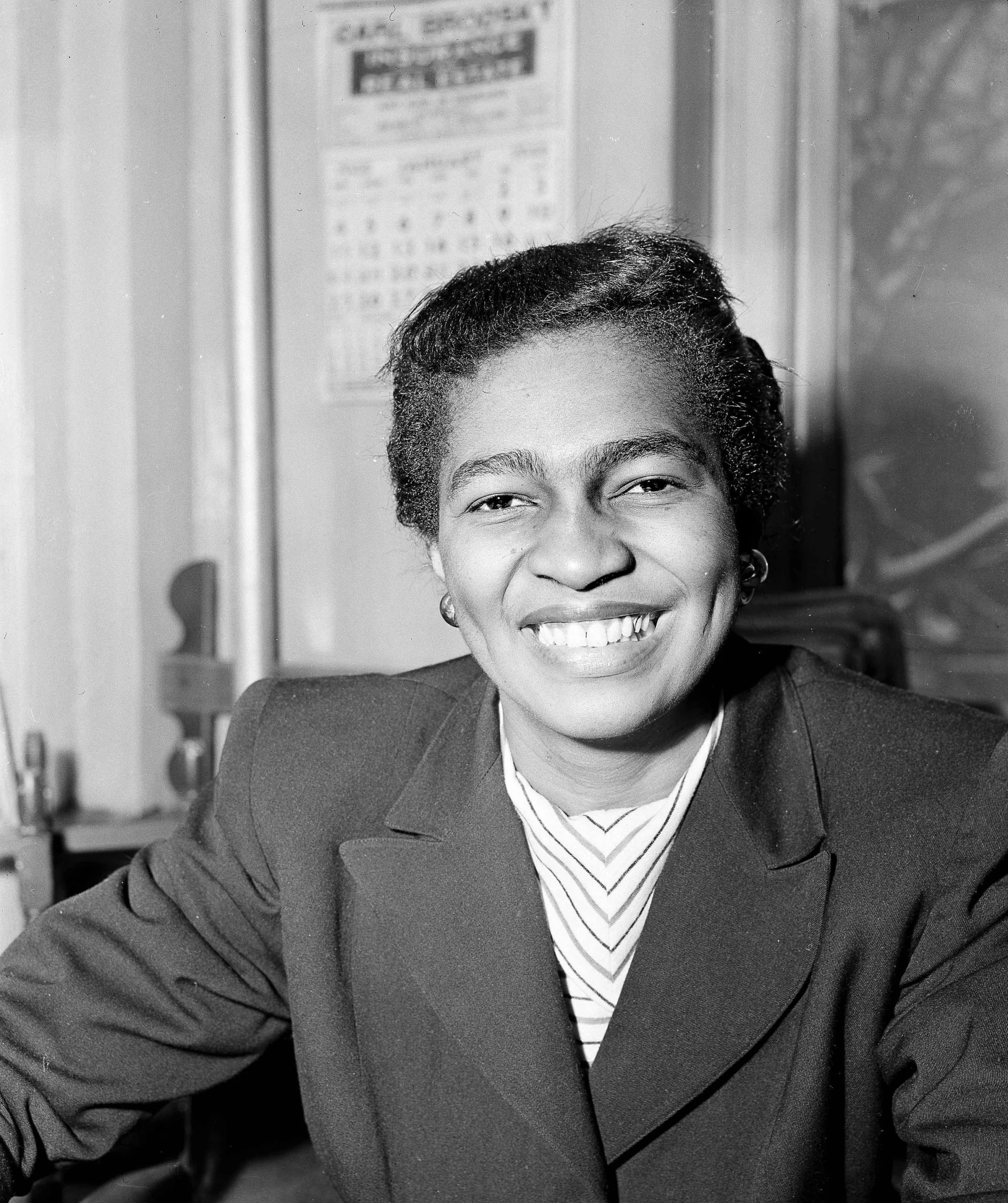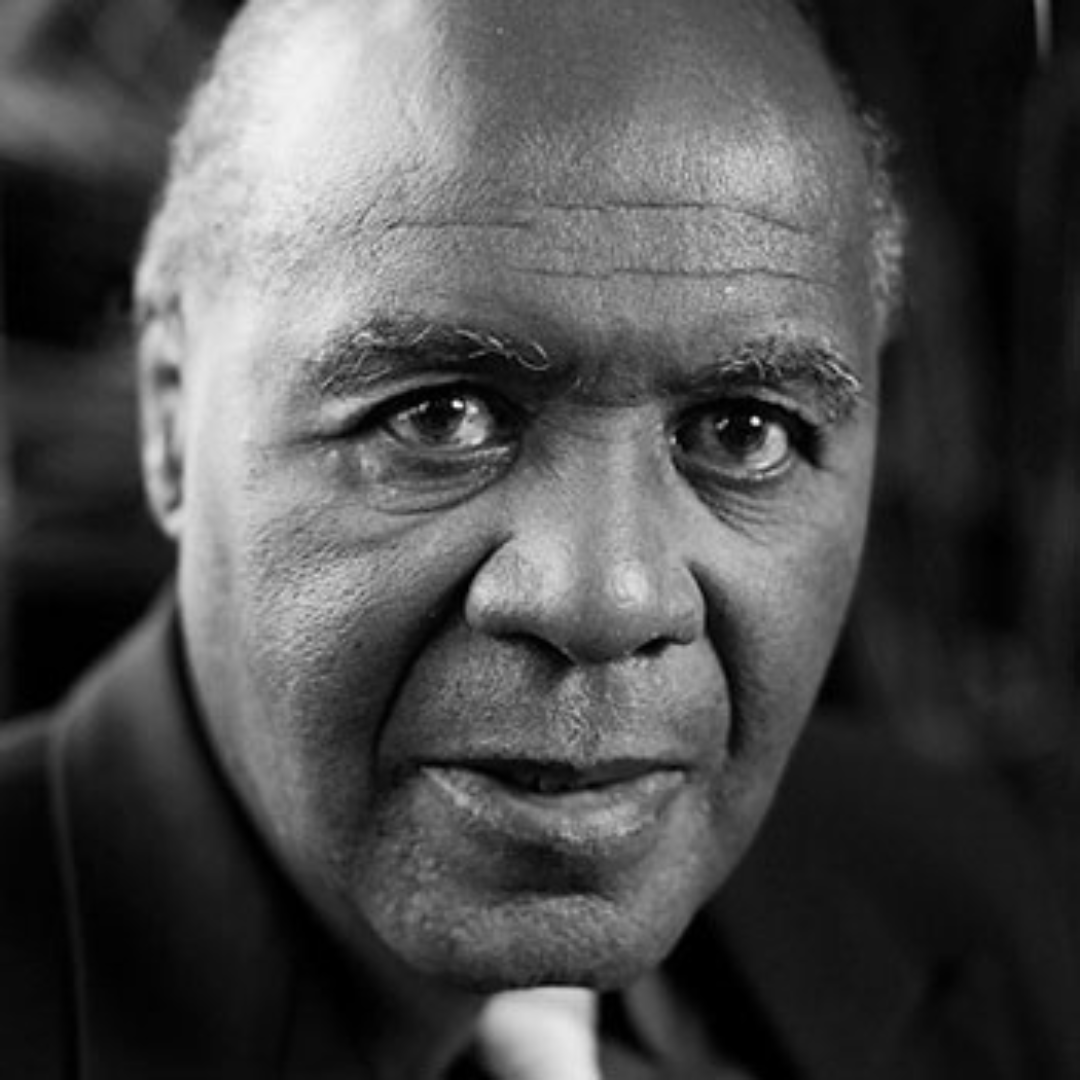The Birth of Black British Civil Rights
As Black Brits, we owe a great deal to the British civil rights movement that began in the 1960s. Spurred by the inequalities of the Windrush generation, who were invited here to rebuild the country, but met with hostility, violence and injustice. In this article, we take a look at what triggered the movement and the first of its leaders.
When was the Civil Rights movement in Britain?
Typically, when you hear the phrase ‘civil rights movement’ your mind goes to the 1960s. In fact, if we’re being honest, your mind has probably gone to 1960s America. Perhaps you are visualising Martin Luther King Jr’s iconic speech, on the 28th August 1963, where he spoke of his dream that his ‘four little children will one day live in a nation where they will not be judged by the colour of their skin’.
But what you probably do not know is that on the exact same date as that speech, 28th August 1963, Black people in Britain were edging towards civil rights on this side of the Atlantic too. On the 28th August 1963, the Bristol Omnibus Company finally changed its policy that prevented Black people from becoming employed as bus drivers due to the colour bar that was widely practised. Many argue that the implementation of the colour bar peaked the Black British British civil rights movement.
So what was the ‘colour bar’? Well, it was the term commonly used to describe the informal practice in Britain where some white people discriminated against people of colour by denying them goods and services. Black people who stayed after fighting in the war or who came during the Windrush era to help rebuild the country faced landlords that chose not to rent to them and employers that refused to hire them. Even clubs, pubs and dance halls chose not to permit Black people entry.
The leaders of Black British Civil Rights movement
By 1962 Black people in Britain were done, the pressure cooker atmosphere peaked as the government explicitly legislated for racism via the Commonwealth Immigrants Act of 1962, which restricted the immigration of Commonwealth citizens into the UK.
Claudia Jones was one of the co-founders of the Notting Hill Carnival, denounced the 1962 Act as a ‘colour bar’ immigration act which aimed to restrict Black immigration. She and others argued that ‘instead of a law to ban coloured citizens there should be a law against racial discrimination’. And many Black activists in 1960s Britain worked towards this end by protesting and challenging lawmakers.
Claudia Jones
Paul Stephenson was part of the group who led the pivotal Bristol bus boycott. The group inculded four West Indian men, Roy Hackett, Owen Henry, Audley Evans and Prince Brown- and one mixed-race West African and English man, Paul Stephenson. They coordinated the strike of the bus company until it hired Black drivers in August 1963. On the 28th August 1963, the Bristol Omnibus Company finally changed its policy that prevented Black people from becoming employed as bus drivers due to the colour bar that was widely practised.
Paul Stephenson
Marion Glean & Dame Jocelyn Barrow were behind the 1964 formation of the group Campaign Against Racial Discrimination (CARD), who after holding an inspiring meeting with Martin Luther King Jr fought for substantive anti-discrimination legislation. Marion Glean in particular argued that Black people should have a right to be protected against discrimination in the UK because of the ‘prosperity the three centuries of our labour has helped to build’. An absolute fact! And this protection did come in 1965, by way of the Race Relations Act.
Black British Civil Rights before the 1960's
We could not talk about Black British Civils rights without mentioning the efforts of activists who were campaigning for equality for Black people at the turn of the 20th Century.
Ladipo Solanke and Amy Ashwood Garvey: As early as 1929, organisations began to be established to help actively fight for the most basic of civil rights. And this was with Nigerian UCL law student Ladipo Solanke and Afro-Jamaican activist Amy Ashwood Garvey (the first wife of Marcus Garvey) who formed the West African Students Union (WASU). WASU’s primary function was to provide accommodation for Black students unable to find lodgings in Britain, but also became a vocal advocacy group, campaigning for an end to racism in Britain and independence in the African colonies.
Dr Harold Moody: Other anti-racist organisations in Britain included the League of Coloured Peoples, set up in 1931 by Dr Harold Moody, to fight for better race relations between Blacks and whites, and against institutional anti-Black racism such as that within the early NHS. LCP members often wrote about their experiences in Britain in The Keys, the official publication of the LCP. Member Sylvia Lowe articulated the sentiments of many LCP members in early twentieth century Britain where she wrote: “We go a disillusioned British host, Back to the lands from which we came of late, For ever broken by our welcome here, And all the bitter insults that we meet.”
It is because of the activism of Claudia Jones, Paul Stephenson, Marion Glean and more, that Black people in Britain have some form of legal protection against discrimination today. So even though we’re still fighting for change, it is important that we don’t forget what happened on this side of the Atlantic just a few decades ago to get us to where we are today.




